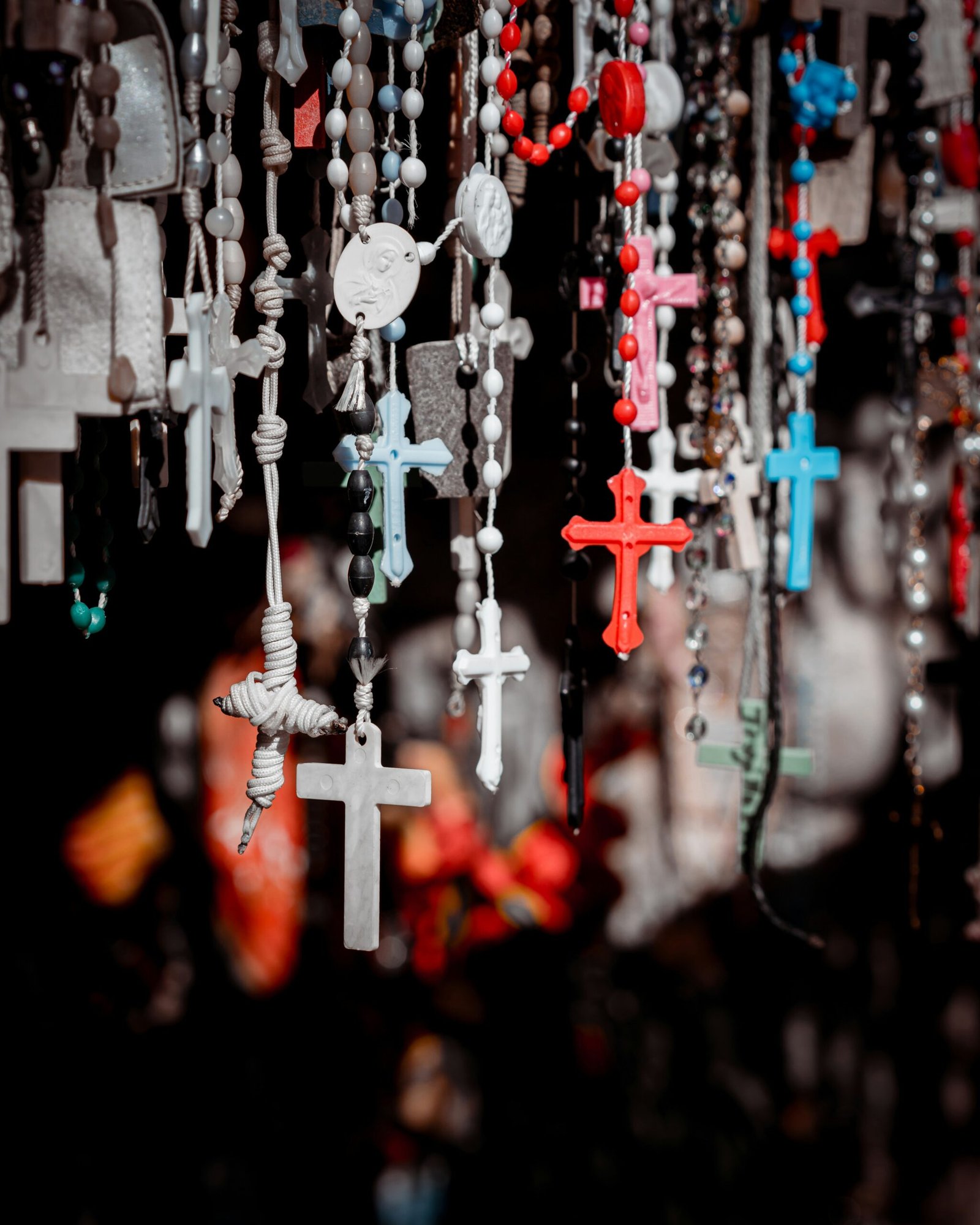What Do Cross Symbols Really Mean?
The cross is one of the most recognized symbols in the world, especially in Christianity, where it represents the crucifixion of Jesus and the promise of redemption. But its history stretches far beyond church walls. Cross-shaped symbols have appeared in ancient Egypt, Mesopotamia, and early European cultures, often representing life, balance, or cosmic order.
Over time, different traditions developed their own versions of the cross. Some are deeply sacred, others ceremonial, and a few have been misunderstood or misused in modern culture. Below is a curated list of spiritually significant cross types, followed by a deeper look at the inverted cross and the story of Saint Peter.
Cross Types and Their Meanings
| Symbol | Name(s) | Used In / Associated With | Spiritual Meaning |
|---|---|---|---|
† | Latin Cross / Christian Cross | Catholicism, Protestantism | Represents Jesus’ crucifixion, sacrifice, and salvation. Most recognized Christian symbol. |
☦ | Orthodox Cross / Russian Cross | Eastern Orthodox Church | Three bars: top for inscription, middle for arms, bottom slanted for footrest. Symbolizes Christ’s suffering and resurrection. |
☥ | Ankh / Egyptian Cross / Crux Ansata | Ancient Egypt, Coptic Christianity | Symbol of eternal life and divine protection. Later adopted by early Christians in Egypt. |
☨ | Cross of Lorraine / Patriarchal Cross | Catholic clergy, French heraldry | Two horizontal bars. Symbol of spiritual authority and resistance. Used by bishops and in historical movements. |
♱ | Cross of Suffering / Grave Cross | Christian memorials, gravestones | Represents mourning, sacrifice, and spiritual endurance. Common in funerary art. |
✞ | Ornamental Cross / Gothic Cross | Christian art, gothic symbolism | Used decoratively in religious design. Symbolizes faith and legacy. |
✛ | Greek Cross / Crux Quadrata | Early Christianity, Orthodox tradition | Four equal arms. Symbolizes balance, the four directions, and the spread of the gospel. |
☩ | Jerusalem Cross / Crusader’s Cross | Crusades, Christian heraldry | One large cross with four smaller ones. Represents Christ’s wounds and the spread of Christianity. |
✠ | Maltese Cross / Knights’ Cross | Knights Hospitaller, Malta | Eight-pointed cross. Symbolizes protection, service, and spiritual discipline. |
T | Tau Cross / Saint Anthony’s Cross | Franciscan tradition, early Christianity | T-shaped cross. Associated with simplicity, humility, and healing. |
✢ | Celtic Cross | Ireland, Scotland, Wales | Latin-style cross with a circle. Represents eternity, unity, and the fusion of pagan and Christian symbolism. |
The Inverted Cross: Saint Peter’s Story and the Twist in Meaning
The upside-down cross is often misunderstood today. In horror films and rebellious aesthetics, it’s used to suggest anti-Christian sentiment, but its origin is surprisingly practical.
According to Christian tradition, the apostle Peter was sentenced to crucifixion in Rome during Emperor Nero’s persecution of Christians. When Roman soldiers came to carry it out, Peter requested to be crucified upside down. Not out of symbolism, but because he didn’t feel worthy to die in the same way as Jesus.
And the Romans? They didn’t mind. They simply flipped the cross.
It was a logistical adjustment, not a theological statement. Ironically, the symbol now seen as “anti-Christian” was born from a moment of compliance and improvisation.
Photo by Corey Collins on Unsplash

